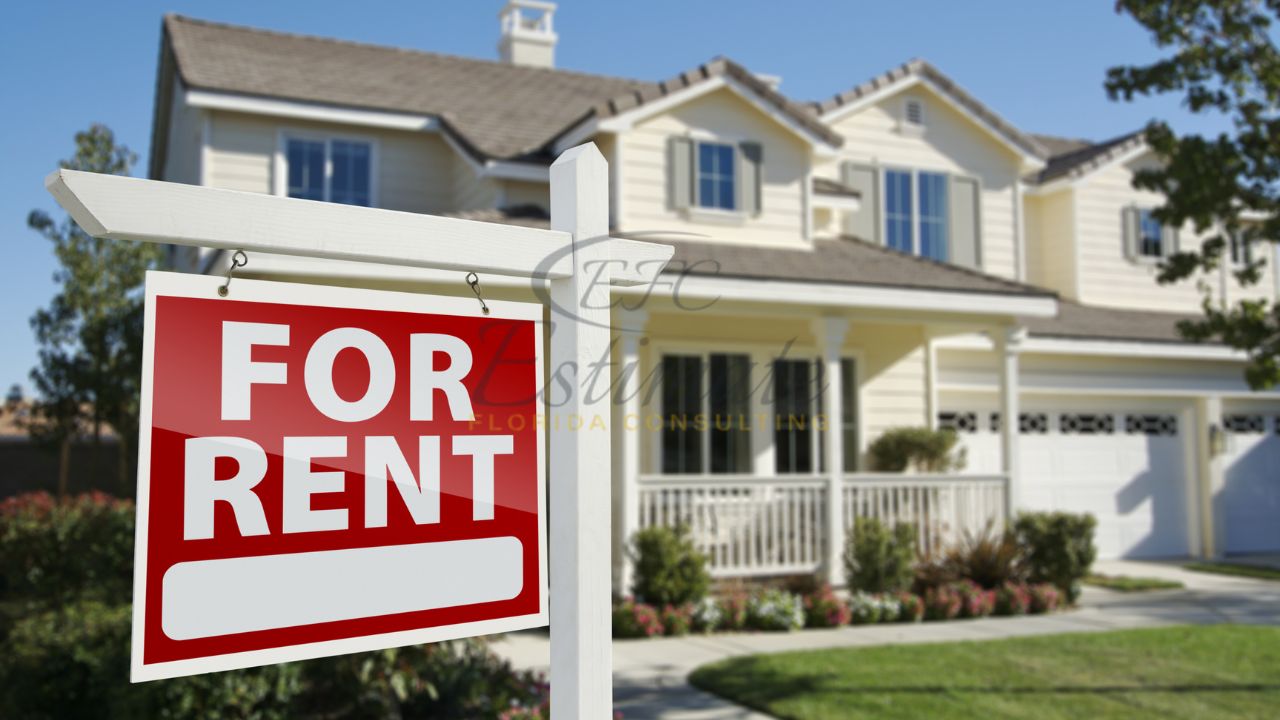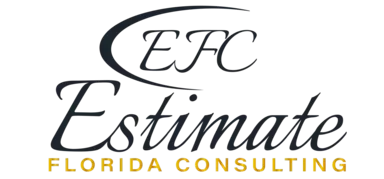How Much Does It Cost to Rent vs Buy in Arizona? A Comparative Estimate
Sticker prices don’t tell the whole story. Rent looks simple until you add pet fees, utilities, and renewal hikes. Buying looks intimidating until you spread closing costs over years, factor in principal paydown, and set a realistic maintenance reserve. The point isn’t to “win” a debate—it’s to model your costs with clear, Arizona-specific assumptions.
What actually goes into renting vs buying in Arizona?
Let’s define the stack. Renting is monthly rent plus renter’s insurance, utilities you cover (electric, gas, water if not included), parking, and any amenity or pet fees. Expect some annual increase; even modest renewals change the picture over a 24–36-month horizon. Phoenix’s current citywide median rent is around the low-$1,300s, while Tucson hovers close to the low-$1,060s, which gives you a quick anchor for starting numbers.
Buying is less obvious. Think PITI—principal, interest, property taxes, and homeowners insurance—plus HOA dues (common with master-planned communities and condos), private mortgage insurance (PMI) if you put down less than 20%, routine maintenance (budget 0.75–1% of home value per year, averaged monthly), and one-time closing costs spread over your expected tenure. Arizona’s effective property tax rate on owner-occupied homes is roughly in the mid-0.4% range, which helps the monthly side of the buy equation compared with many states.
If you’re comparing neighborhoods and want a quick way to frame assumptions—HOA or not, likely utility load, and typical home ages—this concise primer on rent vs buy in Tucson is handy to skim before you start plugging in numbers. Use it to sanity-check whether a condo’s dues or a single-family’s maintenance profile better fits your tolerance for surprise costs.

A baseline you can adapt (Phoenix & Tucson examples)
Rates drive the buy side, so start there. The national 30-year fixed average recently sat around 6.5%, which is a reasonable placeholder for modeling before you factor your credit, points, and loan type. Now, keep the math clean so you can swap in your own figures.
Phoenix — mid-priced condo with HOA
Assume you’re choosing between a modern 1-bed rental near $1,300/month and purchasing a $380,000 condo with 5% down. At 6.5%, principal + interest land near the low $2,400s monthly; add property tax at ~0.44–0.45% effective (≈ $140–$150/mo), homeowners insurance (≈ $100–$130/mo), HOA dues (say $250–$300/mo), PMI (≈ $140–$160/mo until ~80% LTV), and a maintenance reserve (≈ $315/mo at 1%/yr). Your directional all-in might cluster around the mid-$3,300s per month—remembering part of that is principal (equity), and that PMI and HOA depend on property type and down payment.
Tucson — smaller single-family, no HOA
Suppose you’re weighing a renovated 2-bed rental around $1,060–$1,200 against buying a $335,000 home with 10% down. Principal + interest near $1,900 at 6.5% is a good starting point; add property tax (≈ $120–$130/mo at 0.44–0.45%), homeowners insurance (~$100–$120/mo), zero HOA for many central neighborhoods, PMI (~$85–$95/mo until 80% LTV), and a maintenance reserve ($280/mo). Directionally, you’re in the low-to-mid $2,500s.
Two notes that often get missed: part of the buy payment is principal that you keep; modeling only cash outflow hides that equity effect, and (2) HOA prevalence is real in Arizona (roughly a third of homes are in an HOA), so dues can materially swing the monthly.
Five variables that swing the math (more than you think)
- Tenure and transaction costs. Closing costs (title, escrow, lender fees, prepaids) often run ~2–4% of purchase price. If you sell inside two years, those costs get spread over too few months to make buying pencil unless prices jump. Plan an honest horizon: at five years, principal paydown and a low property-tax baseline often narrow the month-one gap you see on paper.
- HOA vs. single-family trade-off. Condos/townhomes shift dollars from “maintenance” into predictable dues, sometimes with amenities that matter to quality of life. Single-family without HOA can lower fixed costs but leaves you exposed to lumpy work (roof, AC) on your calendar. Arizona’s HOA footprint is among the highest nationally, so always price the dues into your comparison.
- Systems age and desert wear. Heat is tough on HVAC and exterior paint. A 17-year-old unit changes the math; price in earlier replacement or negotiate seller credits. On the flip side, newer builds (or HOA-maintained exteriors) can dampen maintenance volatility. Average homeowners-insurance in Arizona sits around $1,900–$2,000 per year for mid-range coverage—worth quoting early because roof age and materials move the premium.
- Interest-rate strategy. Can’t nail the perfect rate? “Date the mortgage”: buy points if you’ll stay long enough to hit the breakeven, or take a lender credit to reduce closing costs if a refinance is likely. Track the national 30-year trend to set expectations; weekly FRED updates are the cleanest public gauge for drift.
- Rent dynamics. If rents are soft in your submarket (Phoenix and Tucson have shown flat-to-down moves recently), a “rent-for-now, buy-later” plan can be rational if you bank the difference between your rent and a modeled mortgage into a down-payment reserve each month.
A simple method to compare your numbers (no spreadsheet required)
Work forward from cash flow, then work backward from equity:
- Monthly cash. Put your rent stack on one line. On the buy side, add PITI + HOA + PMI + maintenance. That’s your raw delta.
- Equity effect. Ask your lender for a one-page amortization. In month one, note how much of your payment is principal. If the buy side is $600 more but $450 of that is principal, your net “extra” vs rent (which builds no equity) is closer to $150.
- One-time costs. Divide estimated closing costs by your planned tenure in months. If closing costs are $11,000 and you’ll stay 60 months, add ~$183 to your monthly buy number for a true apples-to-apples comparison.
- Sensitivity. Change one lever at a time—interest rate ±0.5%, HOA ±$100, maintenance at 0.75% vs 1.0%—and see which variable swings the decision most. That’s where you negotiate (seller credits, rate buydowns) or adjust expectations (property type, location, finishes).
Phoenix vs Tucson: where assumptions usually diverge
Phoenix metro tends to have more master-planned communities with HOAs and amenities; Tucson has many central neighborhoods with older stock and no HOA, plus a mix of townhomes on the edges. Two similarly priced homes can carry very different monthly realities once you plug in dues, insurance, and system ages. If you value predictability and low yard work, a condo’s HOA might be worth it. If you want control and don’t mind managing a landscaper or occasional contractor, a single-family without HOA can reduce fixed costs—though you should keep a disciplined reserve for heat-related wear.
Also consider commute friction. A slightly higher mortgage that trims 40 minutes of daily driving may still be the cheaper choice once you account for fuel, parking, and, frankly, time you’ll never get back. Conversely, if you’re remote three days a week, you might accept a longer drive for a lower price point and a better layout.
Conclusion
There’s no one-size answer to renting vs buying in Arizona—only your mix of cash flow, risk tolerance, and time horizon. If you price real maintenance, don’t ignore HOA realities, and compare out-of-pocket costs against principal you actually keep, the decision gets clearer. Run the model honestly, change one lever at a time, and choose the path that protects your budget while moving you toward the life you want—whether that’s a flexible lease or keys to a place with your name on the title.

